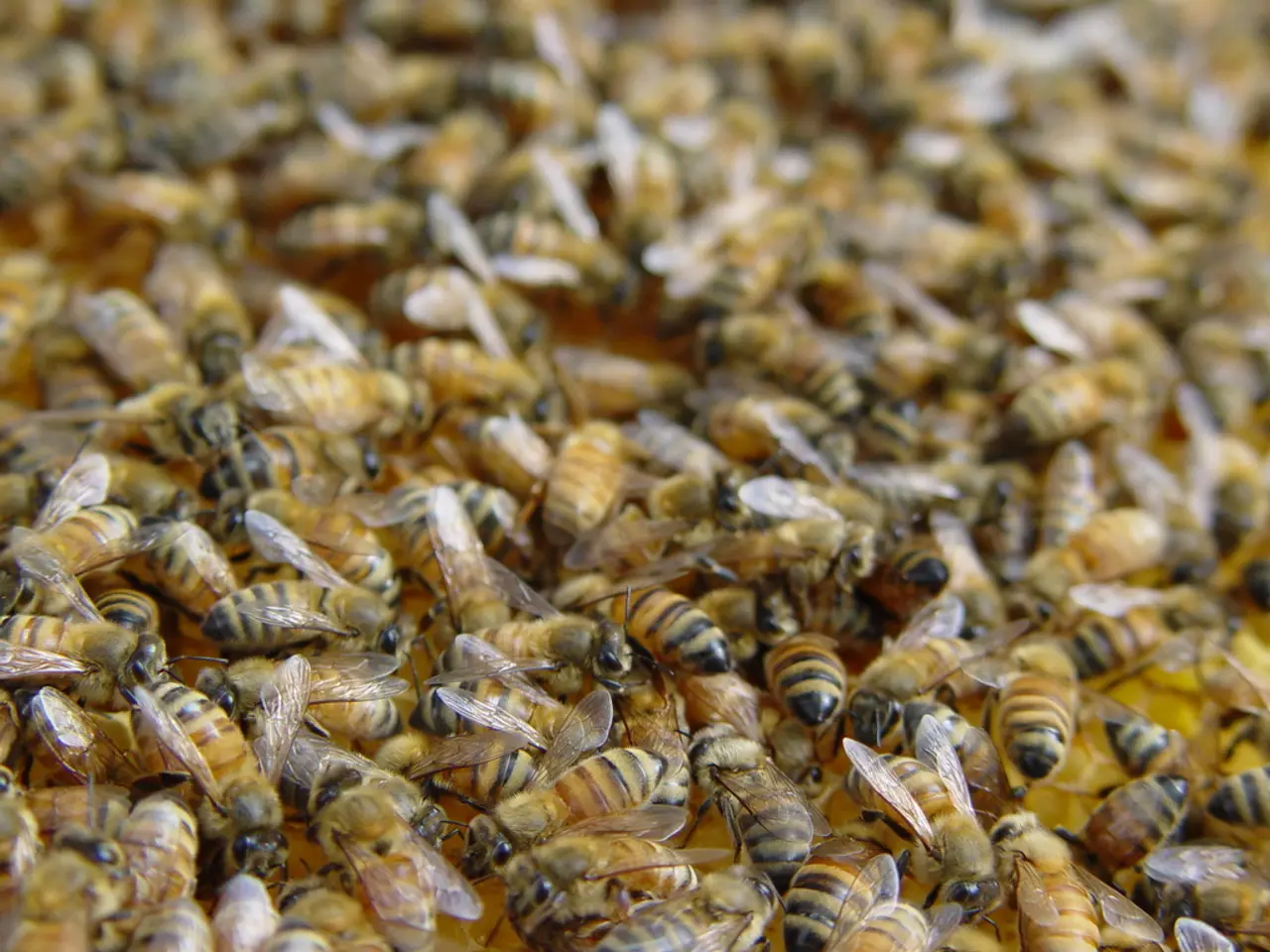Updates in Cell and Genetic Therapy: Summarizing the Key Points from the 2025 CGT Conference
Advancements in Cell and Gene Therapy Manufacturing
Cell and Gene Therapy (CGT) is experiencing a period of rapid innovation, with a major focus on automation and scaling manufacturing to meet the growing demand for transformative therapies. A notable example of this automation is the Constellation robotic CGT manufacturing system, a collaboration between Cellular Origins, Cell and Gene Therapy Catapult, and Resolution Therapeutics. The goal is to automate and scale CGT manufacturing beyond the current manual processes that only serve less than 7% of eligible patients globally.
The U.S. market, with over 38 approved CGT products, demonstrates the sector's maturation into a multibillion-dollar industry. However, the CGT industry faces economic challenges, including tightening of venture funding, inflation, and higher interest rates, which have made capital scarcer and slowed innovation speed. Partnerships, such as the one between Klotho Neurosciences and AAVnerGene, aim to overcome these commercialization hurdles.
Improved access and patient-centered commercialization are addressed by innovations that increase manufacturing capacity and reduce costs. Fully automated manufacturing platforms aim to scale production to reach more patients, resolving the current bottleneck where only a fraction of eligible patients can be treated. Regulatory approvals of novel cell and gene therapies for diverse conditions also highlight ongoing efforts to expand access.
Enhancing manufacturing quality and efficiency is crucial for commercialization. Companies are broadening gene editing toolkits and improving delivery to different cell types, contributing to more precise and effective therapies. Improved vector production, such as optimized plasmid design for AAV vectors, supports reproducible, scalable manufacturing required for commercialization.
However, financing systems are built around chronic illness, not curative therapy, prompting stakeholders to call for a re-architecture of health economic models. Biotech companies face challenges in bringing a product to market, including regulatory pathways, payment models, and patient-centered design. Biotechnology companies need scalable IT platforms to support complex CGT programs, especially as therapies move from clinical proof-of-concept to global commercialization.
To navigate these challenges, biotech companies should use a Quality by Design (QbD) mindset and an early definition of critical parameters to ensure therapies are "fit for use" - not just safe, but commercially viable and scalable. Rapid turnaround is critical, and businesses need to focus on product quality over process maturity.
Moving forward, biotechnology companies must take the initiative to proactively educate regulators and adapt Chemistry, Manufacturing, and Controls (CMC) strategies. Businesses are starting to use value-based and outcomes-based contracts to tie prices to the therapy's impact, and warranty models are being considered.
Delivering in-vivo therapies through standard clinical methods can expand geographic access, including low-resource and rural areas. In-vivo cell engineering offers greater scalability and potential for use in underserved or resource-limited settings. The transition from autologous to allogeneic therapies aims to improve scalability and reduce cost, but requires new process parameters and early standardization.
In conclusion, the CGT field is pushing towards making transformative therapies more broadly available in a sustainable manner. The focus is on automation and scaling manufacturing, navigating economic headwinds affecting funding, and developing collaborative commercialization strategies to increase patient access while maintaining quality and regulatory compliance.
[1] Cellular Origins. (n.d.). Constellation Robotic CGT Manufacturing System. Retrieved from https://www.cellularorigins.com/technology/constellation [2] Cell and Gene Therapy Catapult. (n.d.). Vector Production. Retrieved from https://www.ct.catapult.org.uk/our-expertise/vector-production [3] McKinsey & Company. (2021, October 25). Cell and gene therapy: Navigating the path to commercialization. Retrieved from https://www.mckinsey.com/industries/pharmaceuticals-and-pharmaceutical-manufacturing/our-insights/cell-and-gene-therapy-navigating-the-path-to-commercialization [4] BioSpace. (2022, September 20). Klotho Neurosciences and AAVnerGene Announce Manufacturing Acceleration Partnership. Retrieved from https://www.biospace.com/article/klotho-neurosciences-and-aavnergene-announce-manufacturing-acceleration-partnership/
- The automated CGT manufacturing system, Constellation, developed by Cellular Origins, Cell and Gene Therapy Catapult, and Resolution Therapeutics, aims to scale CGT manufacturing beyond the current 7% of eligible patients worldwide. [1]
- The U.S. market, with over 38 approved CGT products, showcases the sector's growth into a multibillion-dollar industry, but faces economic challenges such as funding tightening, inflation, and higher interest rates. [2]
- Improved manufacturing capacity and cost reduction are critical for consumer products commercialization, as fully automated platforms aim to treat more patients, addressing the current bottleneck.
- SAP, a scalable IT platform, is essential for biotechnology companies supporting complex CGT programs, as therapies transition from clinical proof-of-concept to global commercialization.
- To ensure therapies are commercially viable and scalable, biotech companies should employ a Quality by Design (QbD) mindset and early definition of critical parameters. [3]
- Innovations like in-vivo cell engineering and the transition from autologous to allogeneic therapies offer greater scalability and geographic access, particularly in low-resource and rural areas.
- Biotech consulting firms help navigate economic headwinds, regulatory pathways, payment models, and patient-centered design, critical for CGT commercialization in life sciences and medical-conditions related to health-and-wellness. [3]
- To adapt to the evolving CGT landscape, biotech companies should proactively educate regulators and develop value-based or outcomes-based contracts, tying therapy prices to their impact, or consider warranty models. [3]
- Science and technology advancements in cell and gene therapy manufacturing will continue to drive the growth and sustainability of health-and-wellness products in the retail sector, ultimately improving patient access in an increasingly interconnected world.




